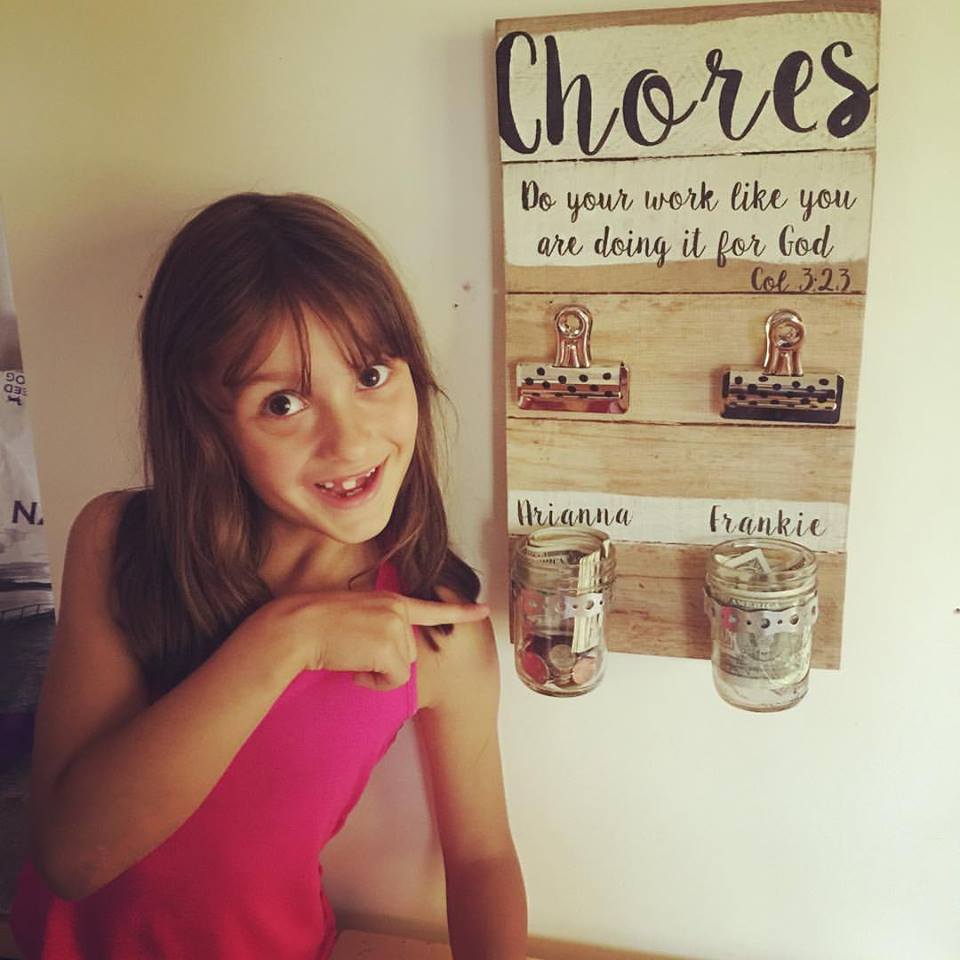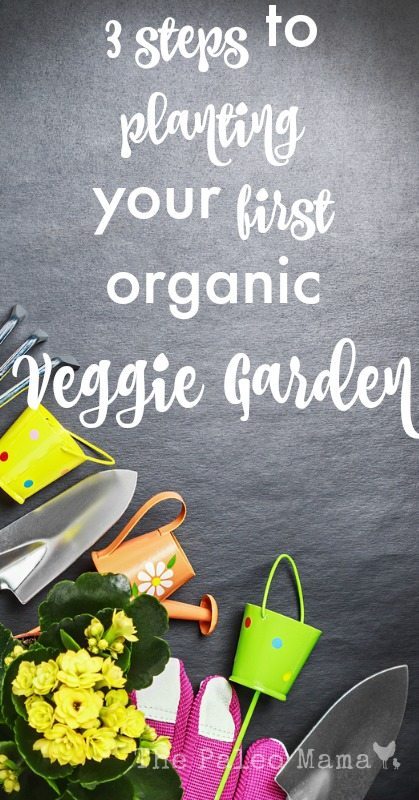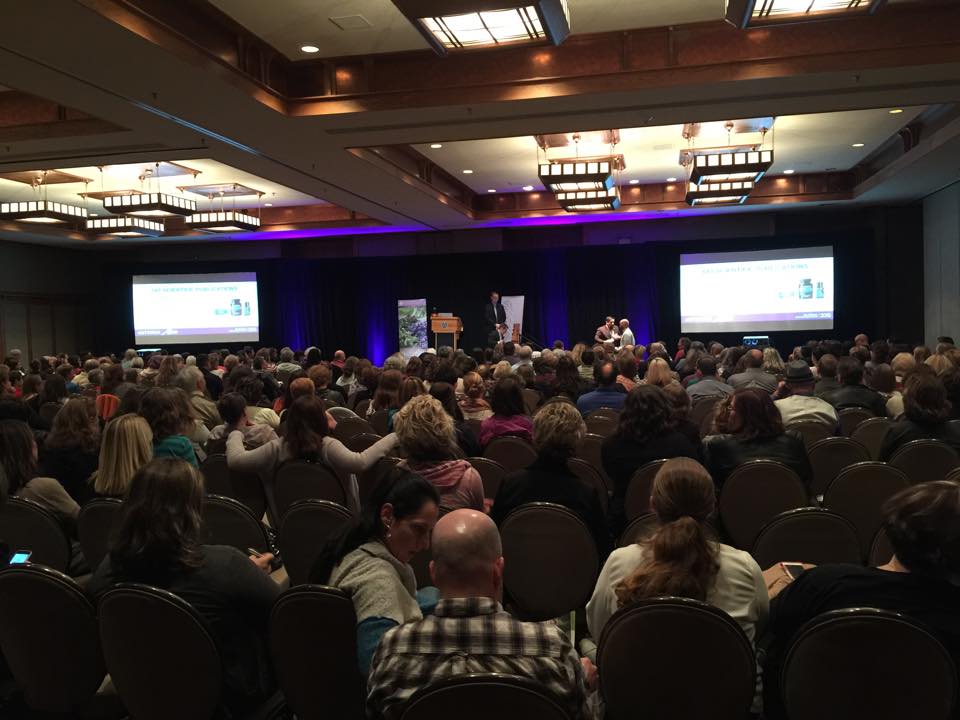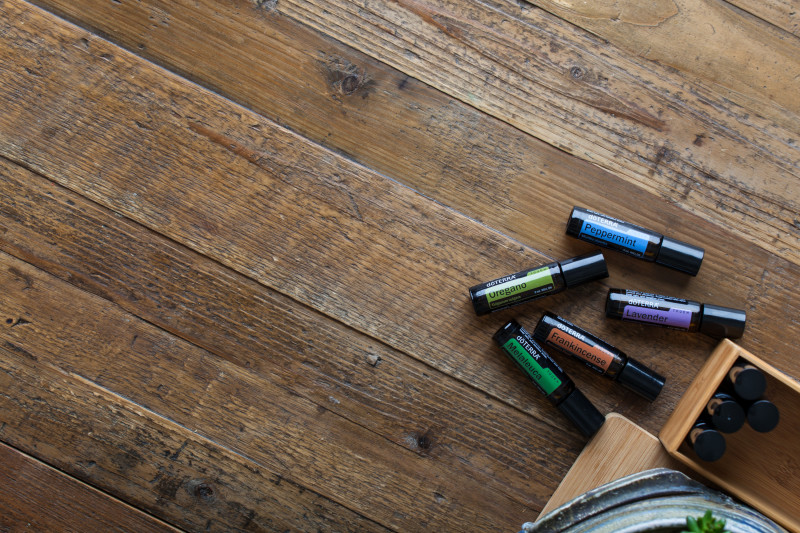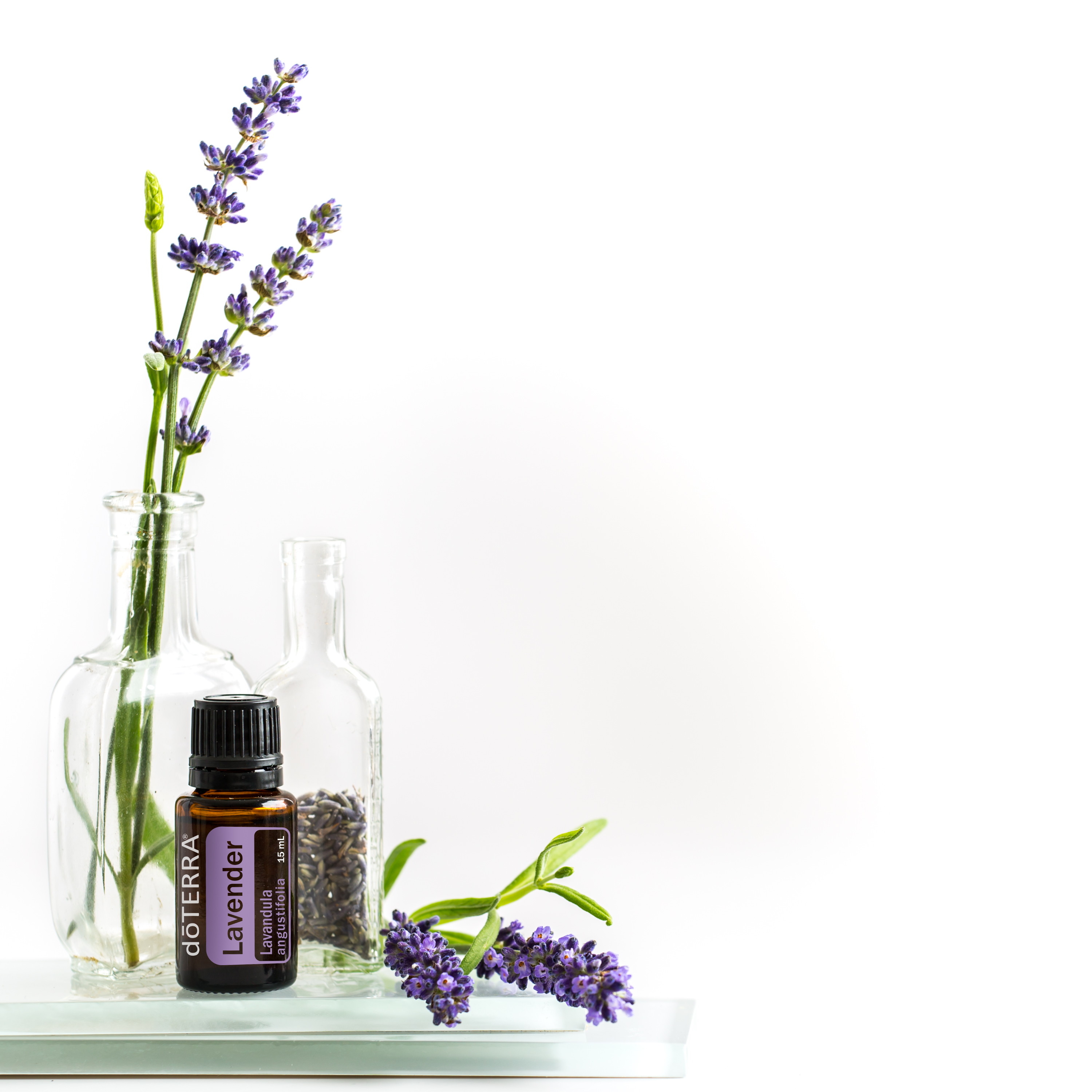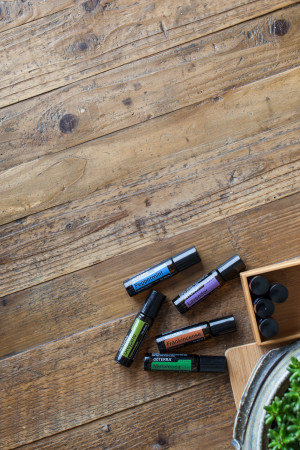This recipe I’ve developed has got to be the most amazing and luxurious body butter I have ever experienced. It’s as comforting as a bowl of mint chocolate chip ice cream and, I’ve got to tell you, it smells the same. You are going to love this mint chocolate body butter!
I’ve made lots of body butter in my years of making my own homemade body products and I’ve made LOTS of mistakes. Many times the body butter doesn’t emulsify. Sometimes the body butter is as hard as a rock. Working with natural ingredients has its frustrations, but this recipe is PROVEN!
I’m an avid soap maker and one thing I know is that if you want oils to emulsify, then you NEED to add water. That’s why many homemade body butters on the web are pretty and soft for the first day, but then they turn hard and unusable. They don’t have a liquid agent, like water, added to them.
The most important thing is to use a high quality essential oil, like doTERRA. It’s the best essential oils I have found, and the peppermint essential oil smells so clean and crisp. You can purchase doTERRA essential oils by going here. Also, there’s a free online essential oil summit coming up this month! Make sure you grab your seat and register for it here.
Now, let’s get to it….
PS. I lost my camera battery charger and had to take pics with my iPhone. Don’t judge the recipe by the quality of the pics. I promise this recipe is to die for!
Mint Chocolate Body Butter
For this recipe, I recommend using a blender. You are going to be mixing oil and water, which makes this recipe so soft. Pay attention to the exact measurements.
INGREDIENTS:
- 3/4 cup of Coconut Oil (where to buy)
- 1 cup of water at room temperature
- 1/4 cup of Shea Butter (where to buy)
- 1/2 teaspoon of Vitamin E oil; to preserve (where to buy)
- 1-ounce of Beeswax (about 2 TB) (where to buy)
- 1/2 cup of Cocoa Butter (where to buy)
- 1 Tablespoon of Jojoba or Almond Oil
- 30 drops of therapeutic-grade Peppermint essential oil (where to buy)
DIRECTIONS:
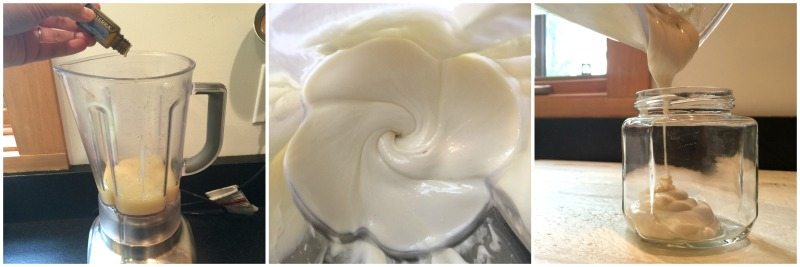
- Use a double boiler and melt the coconut oil, shea butter, beeswax and cocoa butter on low heat while stirring constantly. Do not let the oils get too hot. You are simply melting them.
- Turn off the heat and remove the pot.
- Add the jojoba or almond oil and the vitamin E.
- Allow the oils to cool to room temperature. If you’re impatient like me, stick the pot in the fridge for 10 minutes!
- Get out your blender and pour the melted oils into the blender.
- Add your peppermint essential oil.
- Turn your blender on and remove the central knob on the cover.
- Slowly drizzle your water into the blender. SLOWLY! You will need to use your other hand to cover the hole a little bit so you don’t get body butter all over.
- You will hear your blender gurgle. When you hear it do this, blend for just a few seconds more and turn off.
- Pour into mason jars or pretty body butter jars.
- Rinse out your blender and pot immediately with hot water to keep it from getting too sticky. I like to use the water from my double boiler and dump it over the blender to remove the body butter. You may have to use paper towels to remove any residue. Don’t stress…it’s worth it!
- Store your jar at room temperature and scoop out when needed! I like to put extra jars in the fridge for longer storage.
- Enjoy your natural and luscious cream!
- BONUS—register for the FREE Essential Oil Online Summit this month to learn more about using essential oils in your homemade body products.
